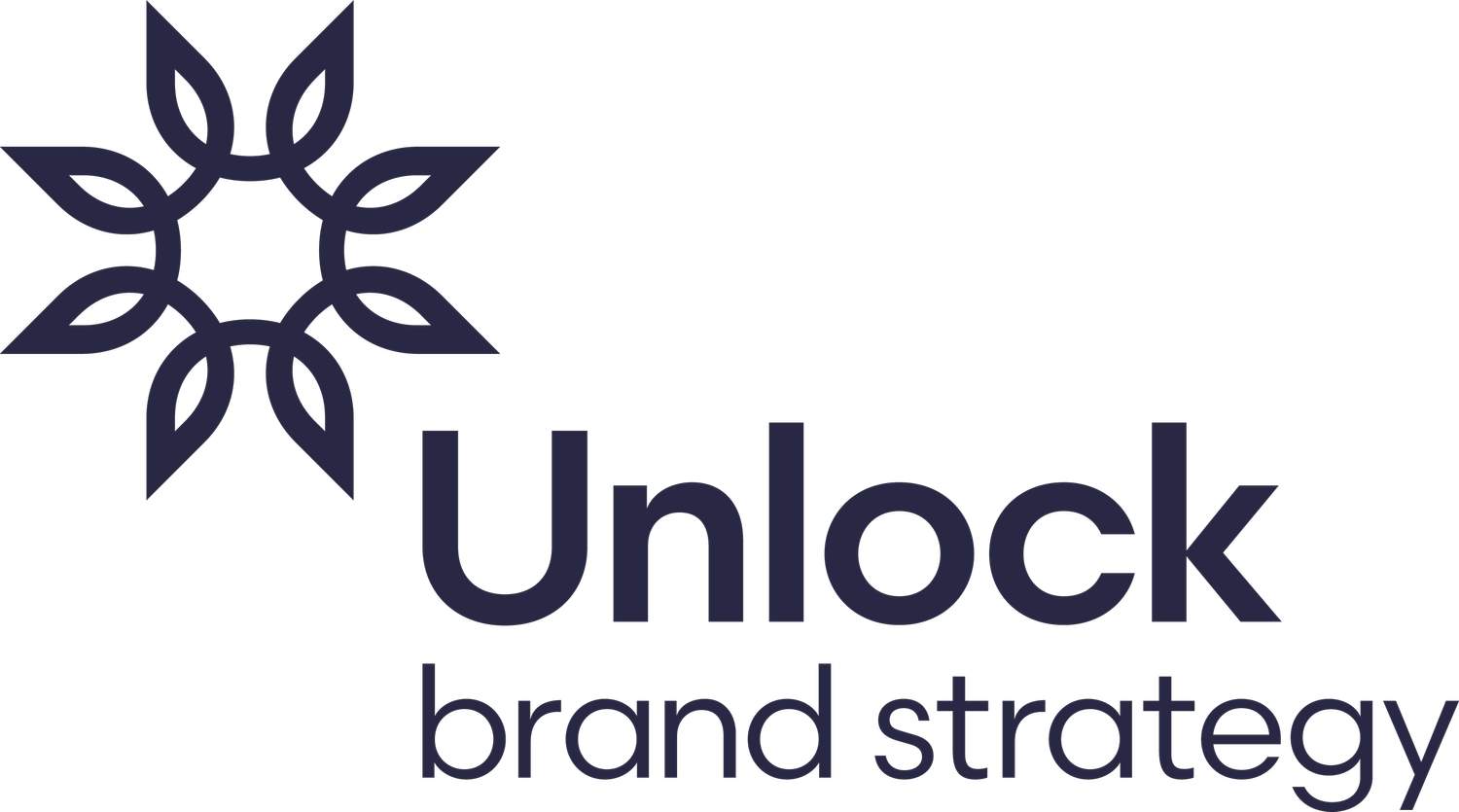Rethinking the value of attention
The attention economy has garnered a lot of attention lately.
Chris Hayes, Jonathan Haidt, or Nicholas Carr, describe our age as one of perpetual distraction and compulsion. Digital media, they claim, does more than shorten our attention spans. It encourages a kind of mental shallowness that compromises our emotional and intellectual well-being, leading to anxiety, depression, social isolation, and diminished empathy. The opening days of Trump 2.0 have dialled the noise to near-deafening levels. In this environment, Hayes suggests, trying to conduct a thoughtful conversation is like “meditating in a strip club.” Scott Galloway claims the attention economy is in fact an “addiction economy” and the Oxford University Press made ‘brain rot’ its word of the year in 2024. In a recent New Yorker article, Daniel Immerwahr proposes a more nuanced analysis. He argues that each new communication technology has provoked similar moral panics in their time. Is the modern doomscrolling crisis just another false alarm or is something genuinely new happening?
Either way, brands find themselves in the middle of this debate. Attracting ever more advertising revenue is, after all, the reason why platforms are designed to be so addictive. But brands themselves are also facing fierce competition to cut through the noise. The snake is eating its own tail.
Some marketers react by going bigger and louder. Liquid Death, Skittles, and Mountain Dew lean into absurd, hyperactive ads that look like fever dreams and practically dare viewers to look away. They don’t just embrace the carnival atmosphere; they amplify it.
But we are also beginning to see companies rethinking their social media presence and, in some cases, ‘strategically disengaging’. This seems to suit luxury brands particularly well, for whom quietness is becoming a social status flex – a sort of ‘IYKYK’ approach to marketing. Scarcity is, after all, the essence of luxury. When Bottega Veneta closed its social media accounts in 2021, it signalled its intention to do things differently. It adopted a more curated, editorial approach. Instead of flooding Instagram with product shots, Bottega introduced an online magazine that looked like a limited-edition glossy and hosted private shows in Berlin and Detroit, releasing no pictures or livestreams. The trick here is not to disappear from the conversation, but to get other people to do the talking for you. François-Henri Pinault, CEO of Kering, said that “Bottega has decided to lean much more on its ambassadors and fans by giving them the material they need to talk about the brand through various social networks, by letting them speak for the brand rather than doing it itself.”
In the last few years, Miu Miu has become one of the most coveted brands among Gen Z women using a similar strategy. Their success was fuelled by hot product drops (the viral micro-mini skirt), riding pop-culture trends such as Y2K nostalgia and K-pop, collaborations with emerging celebrities (Hunter Shafer, Wonyoung, Emma Corrin), and intimate offline events such as a short film showcase at the Venice and Cannes film festivals and literary events in London, Milan, and Shanghai.
The world’s biggest luxury brand, Apple, also shows restraint around social. Their communications revolve primarily around keynotes, product launches, and curated press coverage rather than chasing trends and perpetual engagement on social. While Apple obviously has a massive presence in mainstream media, it keeps a tight rein on day-to-day social conversations.
The ability to vanish from public view, at least now and then, signals freedom and confidence. A restrained digital presence can feel more thoughtful and more meaningful. Strategic disengagement is not straightforward though. Brands that fully retreat might lose visibility; those that yell louder risk exhausting their audience. Ultimately, a blend of strategies might work best: adventurous creativity in small bursts, consistent storytelling that cultivates meaning, and the courage to cede some territory in the loudest places.
Perhaps the final takeaway lies in a question Immerwahr raises: are we truly losing our ability to focus, or just choosing to focus on different things? He argues that we still binge-watch multi-hour streaming shows and dive deeply into niche hobbies. People still have attention to give – they’re just tired of the old manipulative intrusions. Brands that want to earn that attention must give them something truly worthwhile in return.
